Three Ways Technology Is Changing the Healthcare Industry
Technology is dramatically transforming the face of health care and medical treatment as we know it, challenging us to expand our understanding of what constitutes the most viable industry for information systems specialists, business administrators, and healthcare IT engineers. In other words, health care is not only made up of medical professionals like doctors and nurses; it is increasingly populated with experts in imaging technologies, radiology, big data, 3-D printing, and business administration.
Let’s explore a few specific manifestations of technology’s increasingly starring role in the healthcare and medical profession.
Medical Imaging
Magnetic resonance imaging—or MRI technology—is often associated with high stress levels. At least, this was certainly the case with Terry Leach, a retired resident of Rapid City, South Dakota. In the process of trying to getting down to the reason for his chronic back and neck pain, he underwent three MRIs with conventional, older scanners with a relatively small bore hole—something that can be quite stressful for many even only slightly prone to claustrophobia, and it can be compounded by being larger in size. However, newer MRI scanners are machines more accommodating for patients, offering more room and quieter noise levels.
Beyond the ability to develop medical images of the body’s internal structures, future technologies related to medical imaging include molecular medicine and genomics, big data and data mining, and reduction in radiation. In regards to the latter, some professionals are predicting that radiologic technologies will emit much less radiation than in previous years, rendering prior health concerns null and void. Phase contrast X-ray imaging will be utilized, instead.
For example, according to a study published in Scientific Reports, phase-contrast X-ray imaging can effectively perform lung motion measurements—which could eventually replace traditional MRI-based imaging while using less radiation. In addition, X-ray phase-contrast imaging has successfully demonstrated 3D images of the heart—a potential breakthrough for cardiovascular research. Lastly, this optimized X-ray phase-contrast imaging (XPCI) technique could allow mammography to become a much safer exam, enabling more frequent imaging as well as earlier detection and treatment of tumors.
Information Systems
In many ways, technology is fast-becoming the key to disruption in health care. One way this is manifesting itself is via information systems. For example, take point-of-care technology. In the past, people diagnosed with diabetes have traditionally resorted to regular checkups with their doctor in order to receive prescription insulin based on their diagnosis. However, home monitors that measure blood sugar levels are now enabling those same patients to perform home testing, themselves, and proceed to adjust their insulin as needed.
There is also the example of remote psychological treatment that doesn’t require patients to visit a therapist or psychiatrist’s office in person. This last point is more important than it may, at first, appear: since many people diagnosed with a psychological condition may avoid in-person consultation, out of concern for their privacy or other personal reasons, treatments such as cognitive behavioral therapy and sleep medicine can be administered online, just as well as in person. Furthermore, these remote options are often lower in cost, as well as more accessible and convenient.
According to HIT Consultant, mental illness affects one in five people—or 43 million people in the United States. If this statistic remains proportional to the current rate of population growth, we will need to add 10,000 mental health providers by the year 2025 in order to fulfill the expected growth in demand. With the ongoing uncertainty of our future healthcare and insurance coverage, as well as the continuing problem that is mental healthcare coverage in the U.S., none of us should hold our breath in waiting for a fast and easy solution, but tele-counseling and remote options are potentially one of our best bets, for the time being.
Healthcare Administration
According to the U.S. Department of Health and Human Services, by the year 2020, the number of people aged 65 and older will increase to 56.4 million people—almost 18 percent more than the projected 2015 rate. Because of this, we will need people trained in healthcare and nursing administration who are ready and willing to lead us in understanding many of the up-and-coming technologies already discussed, above.
Perhaps one of the most important ways hospitals and other healthcare facilities like public clinics can be more streamlined and integrated with each other is via the connection and digitalization of electronic health records, or EHRs. As Peter Edelstein puts it, EHRs are “the health ICT stations that must be built in 2017,” so we must invest “in technology and services that drive broad, deep, rapid integration of the EHRs across cities, states, territories and nations.”
A few other skills and technologies quickly becoming relevant to effective medical care and healthcare administration include the development of cultural competence, quality assurance, genetics, less-invasive testing, and 3-D printing. According to Beta News, knowledge-sharing between specialists will improve as a result of new collaborative technologies, but IT leaders must remain abreast of the latest technological developments. For example, 3D printing of organs and cells will allow medical processes to speed up, and remote monitoring will enable improved patient care, in real time.
* * *
We now find ourselves at the crossroads of future healthcare technologies, and we will need professionals well-versed in software engineering, healthcare IT, and systems administration in order to ensure that all systems are speaking to each other in an efficient manner. Patent health and the future of our aging population depend upon it. To give one last example, revenue from telehealth devices and services is currently projected to hit $4.5 billion, globally, by next year—and this is a jump from $441 million in 2013.
The technology of emerging medical imaging techniques, EHR integration and streamlining, and remote monitoring and consultation are only going to continue to grow. The question is, how—not if—will you and I find ourselves connected to it? What do you envision as the most exciting technology currently affecting the healthcare industry?

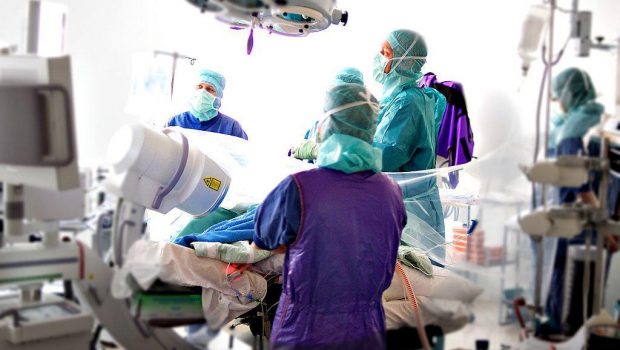
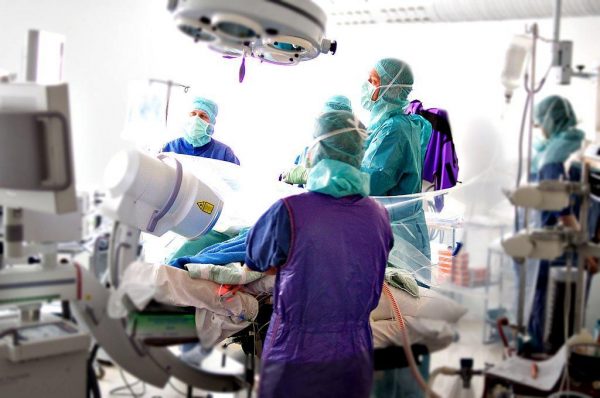


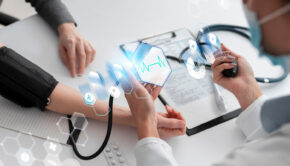
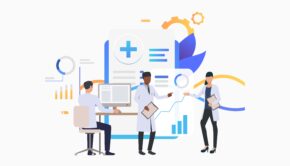
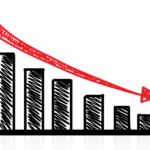
![Video Games By The Numbers [Infographic]](https://technofaq.org/wp-content/uploads/2017/04/videogameinfographic-150x150.png)







